The ongoing global pandemic has really focused attention on the importance of keeping workplaces clean and hygienic, but there’s a big difference between something merely being clean and actually being hygienic. Cleanliness simply means the absence of dirt and visible contamination.
But of course viruses, bacteria and other pathogens are not visible to the naked eye. A surface can appear to be clean whilst still being contaminated with invisible microbes. Hygiene means going beyond merely cleaning a surface, room or area to disinfect it, removing not only visible dirt but also the invisible pathogens that cause disease.
Transformation begins by understanding your current situation
So, how do you move your organisation from clean to hygiene? The first step is to understand your ‘as is’, this is the current state of your cleaning and/or hygiene regime and how this interacts with your day to day operation, facilities management, in flight change initiatives and wider strategic initiatives. It is critical to understand what is going on in the business before implementing another change without first understanding the impact to all stakeholders, as this can directly affect the likelihood of success and impact the associated benefits expected.
Transformation initiatives regularly fail or suffer from limited traction and success through poor planning and timing, organisations will generally have limits to their appetite and capacity for new ways of working, products and change overall. For that reason, when we engage with a new client we start by understanding their current situation as well as what it is that they are hoping to achieve. One key part of this is to measure the current levels of hygiene in order to give the client a concrete way of measuring progress as it is made.
ATP testing enables accurate measurement of hygiene levels
So how do we do this? Adenosine Triphosphate (ATP) testing is a method of accurately measuring the number of living things that are present on a surface. The higher the number, the higher the risk. Testing on high touchpoint areas such as door pushes, laptops and other heavy traffic areas in offices can result in scores of 4,000 or more. For comparison, the general traffic areas of a hospital would need ATP measures of below 50, with wards needing measures of below 20 and operating theatres below 10.
Often this process can be a real eye opener, with areas that you would expect to be fairly clean turning out to be covered in microbes whilst those that you might assume would be dirty actually being much more hygienic. Recently we conducted ATP testing in an organisation that scored move than 3,000 on average for laptops but only 245 for the toilets. Of course, when you think about it it’s not surprising that the toilets are more hygienic than the laptops. The toilets will be cleaned with heavy duty products multiple times a day, whereas the laptops may never be cleaned, and yet they are just as heavily used if not more so that the toilets.
ATP testing gives you a benchmark from which you can measure progress
These initial ATP test results then give organisations a way of measuring how effective the subsequent cleaning and hygiene measures they take are. We use a combination of ozone cleaning and room fogging using Conti+ oXan fresh to disinfect rooms.
Surface cleaning with antimicrobial cleaners reduces ATP levels very significantly but it’s also useful to include room fogging in the hygiene regime as this enables the disinfection of carpets, clothes, soft furnishings and other areas that can’t be effectively disinfected with traditional surface application products. Typically, this combination of interventions will reduce ATP levels to below 100. This is a huge improvement in hygiene levels, bringing them close to what one might expect to see in a hospital environment.
Achieve optimal hygiene with zero negative environmental impact
You might expect that these kind of hygiene levels could only be achieved through the use of strong chemicals but in fact that’s not the case. Ozone disinfects a room and then breaks down to leave only clean oxygen in the room. Similarly, Conti+ oXan fresh consists purely of water, salt and electricity.
Both ozone and oXan can be used to disinfect rooms with absolutely no harmful environmental impact whatsoever. Neither leaves any chemical residue behind, enabling the delivery of a highly effective disinfectant service with no harmful environmental impact. Additionally, the organisation can remain operational throughout.
Hygiene matters to customers
Recent research suggests that more than 65% of people would now boycott hotels, bars and other venues that appear to have poor hygiene and infection control, with 87% of British people considering it important that businesses have a good reputation for hygiene and infection control.
Organisations also have a duty of care to their staff and visitors to ensure that their facilities are safe, and in this new post-Covid world that means hygienically clean. Using ATP testing doesn’t just give you internal visibility on how hygienic your premises are but also enables you to offer reassurance to visitors and staff, as well as demonstrating that you are doing everything that you can to provide a safe and hygienic environment.
Find out more
To find out more about how Cozee can help your organisation move from clean to hygiene you can watch our on demand webinar or get in touch directly to talk about your requirements.




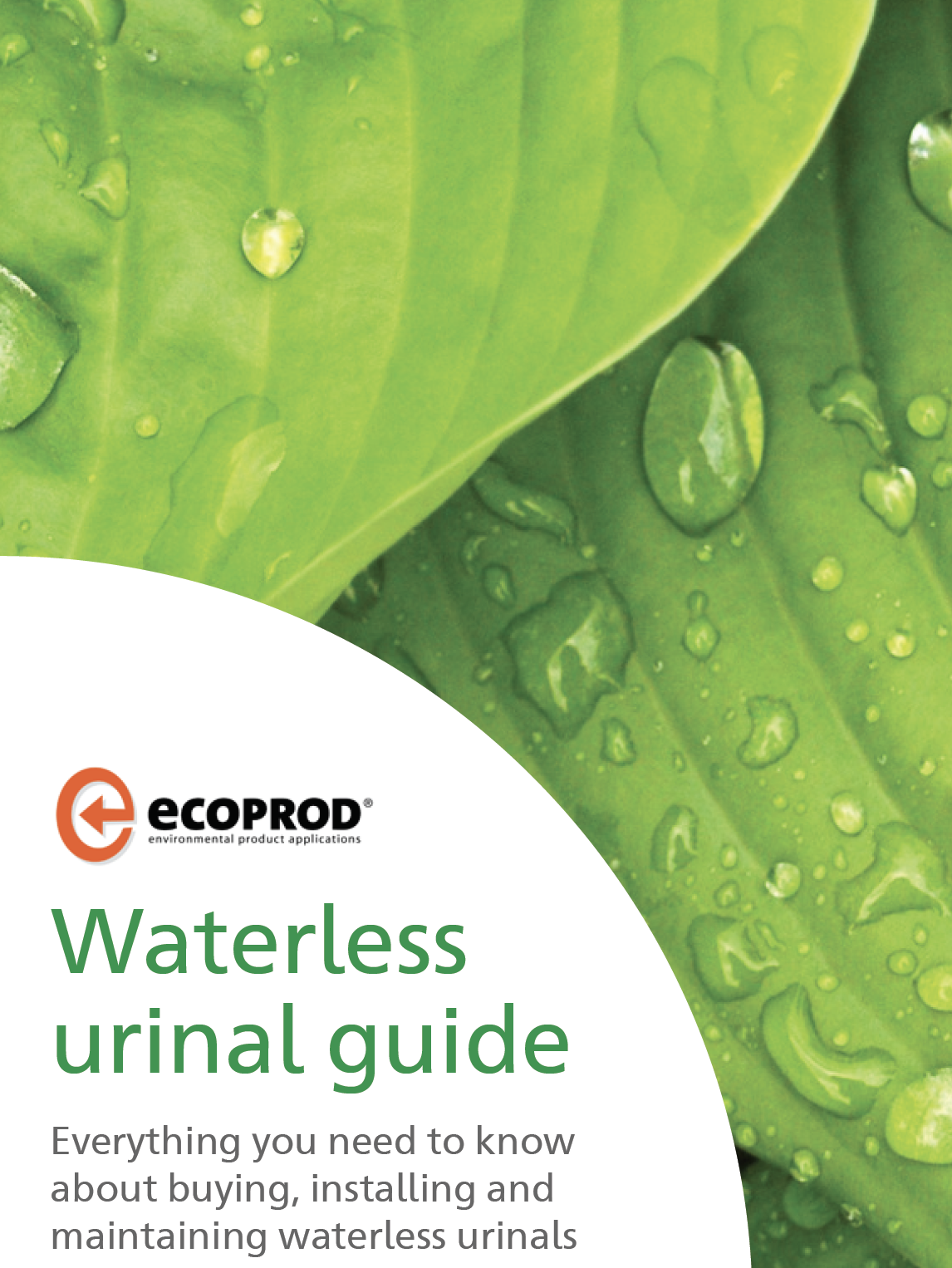
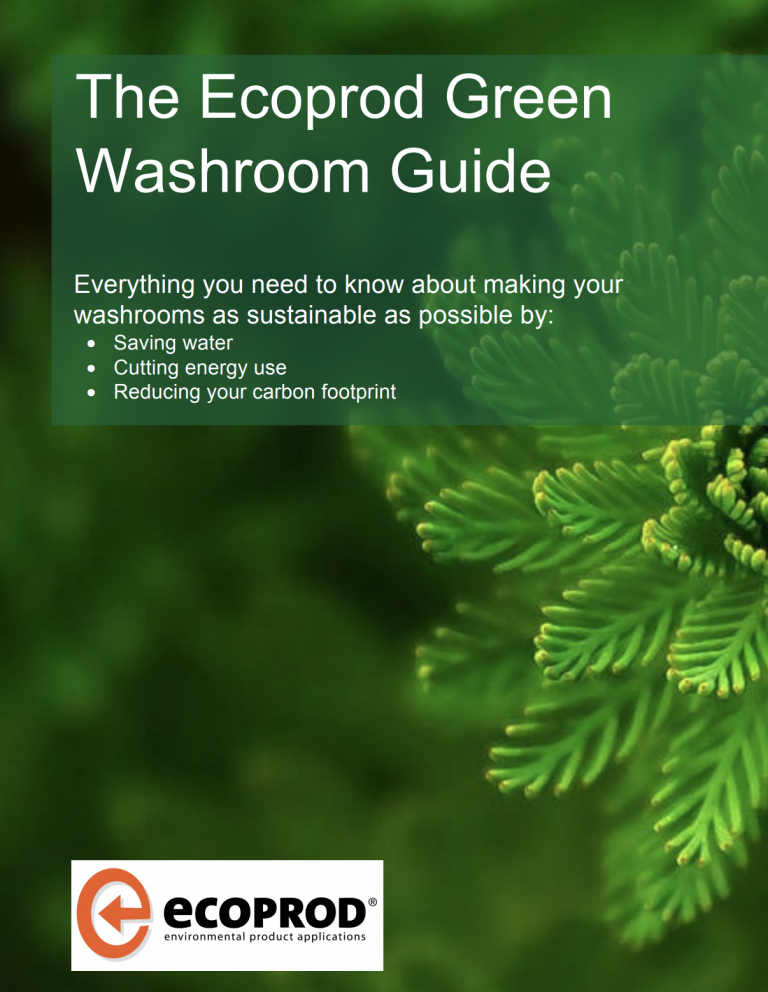
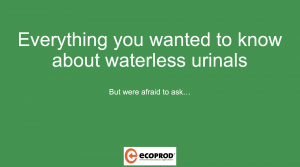
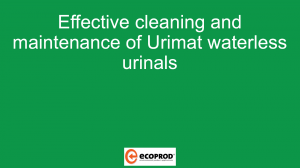





 For the last 8 years Robert Summer – Head of International Sales and Marketing – has developed structured distribution network worldwide for CONTI+ brand. The products offer great benefit for washrooms and shower rooms for public, semi-public and health sector. Today, sustainability, hygiene and smartness are key to CONTI+ solutions. Robert lives the brand and its USPs and loves to support and motivate his team on a daily basis.
For the last 8 years Robert Summer – Head of International Sales and Marketing – has developed structured distribution network worldwide for CONTI+ brand. The products offer great benefit for washrooms and shower rooms for public, semi-public and health sector. Today, sustainability, hygiene and smartness are key to CONTI+ solutions. Robert lives the brand and its USPs and loves to support and motivate his team on a daily basis.




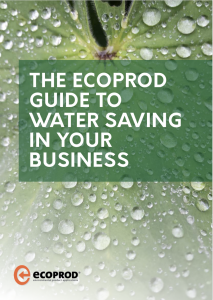
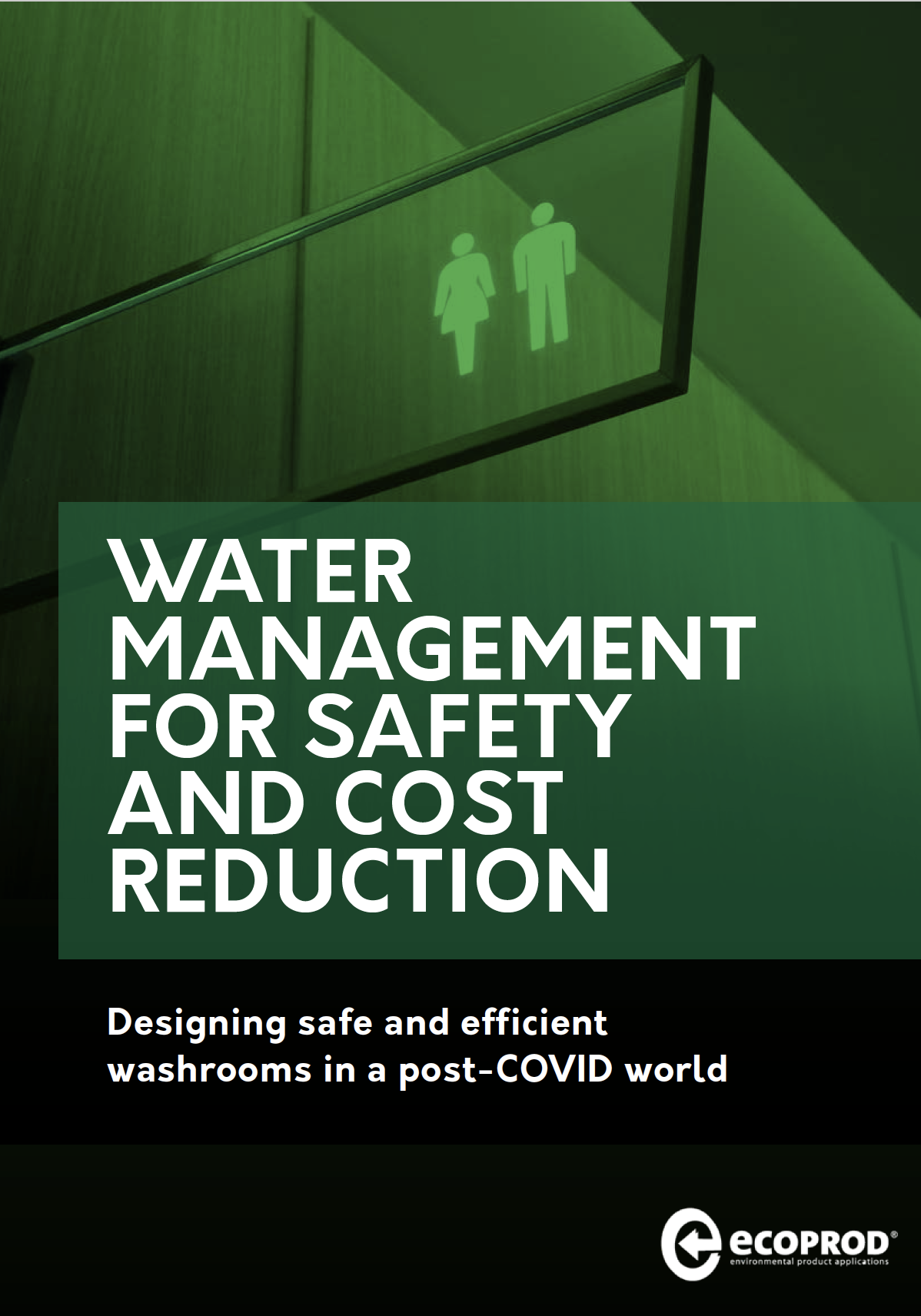

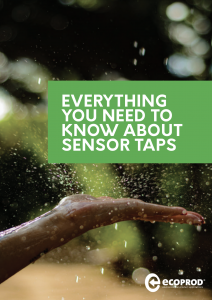


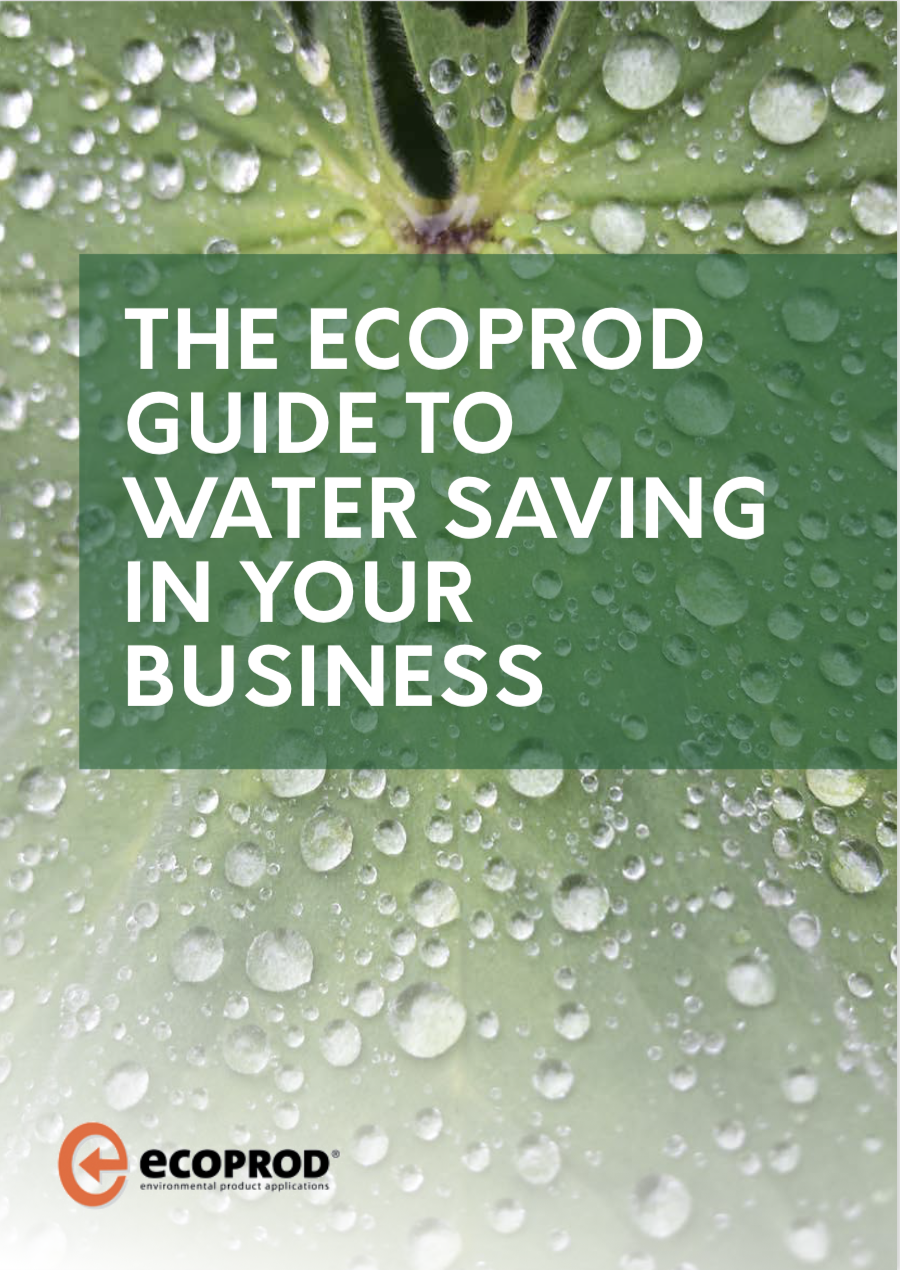
Comments are closed.